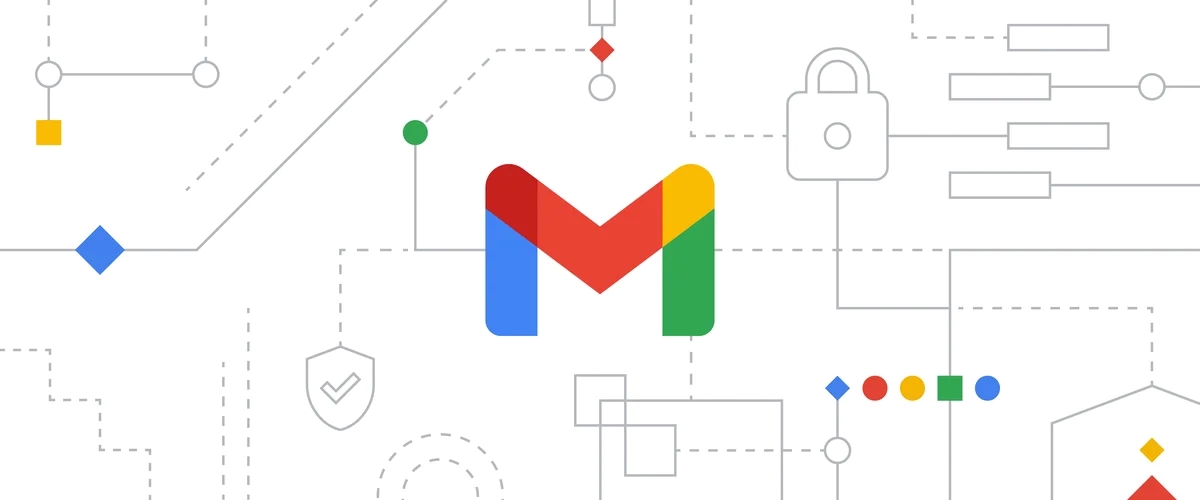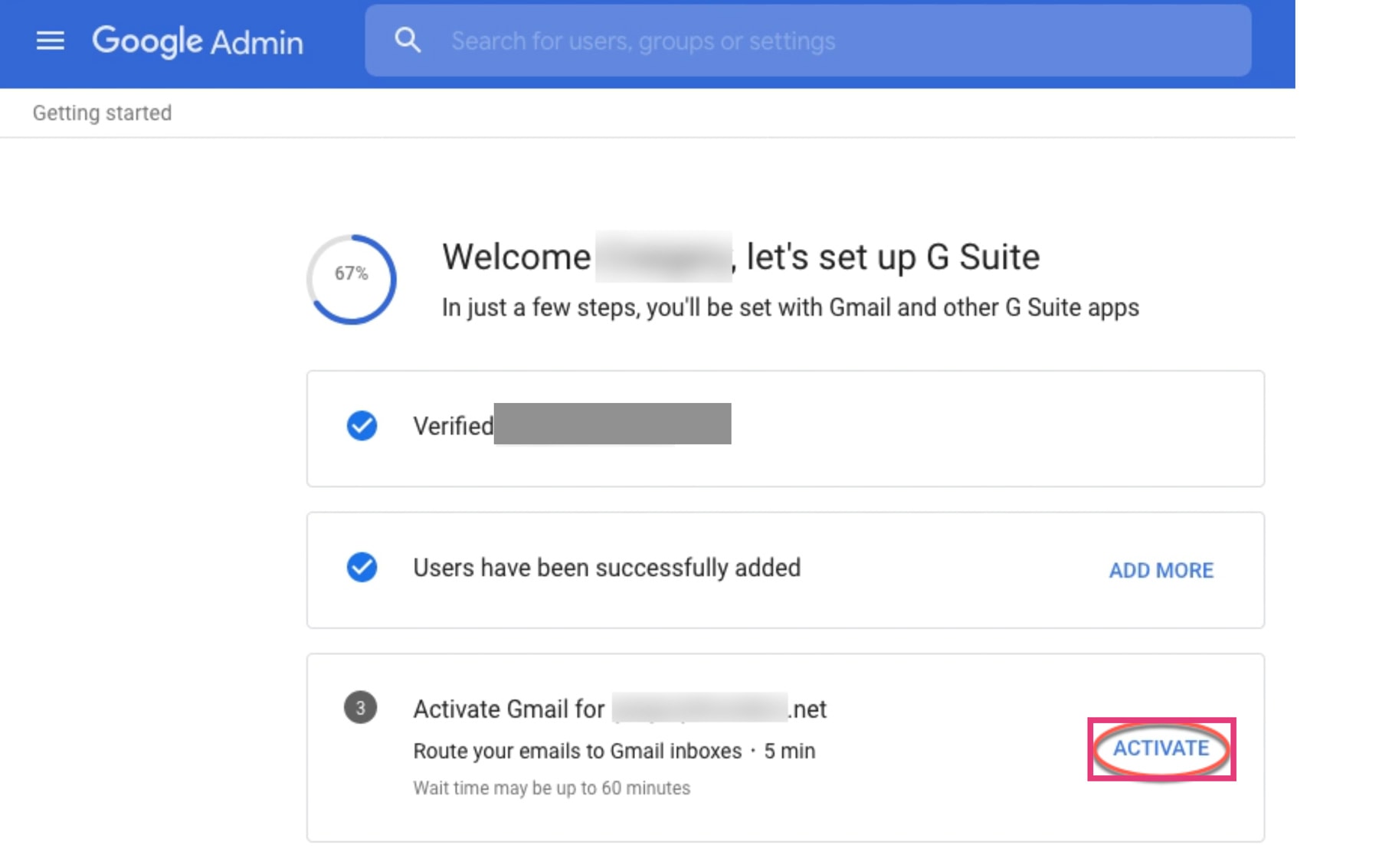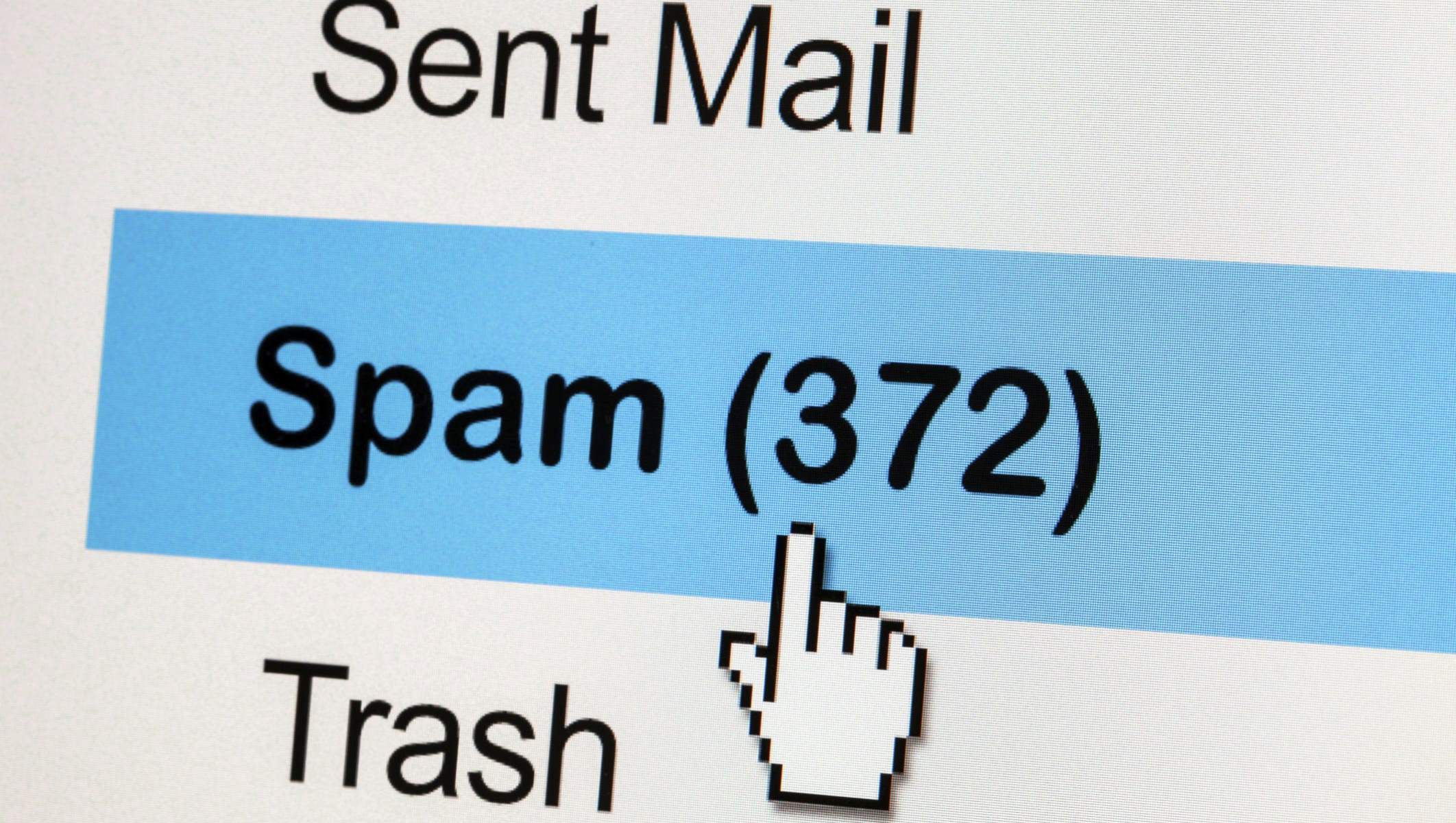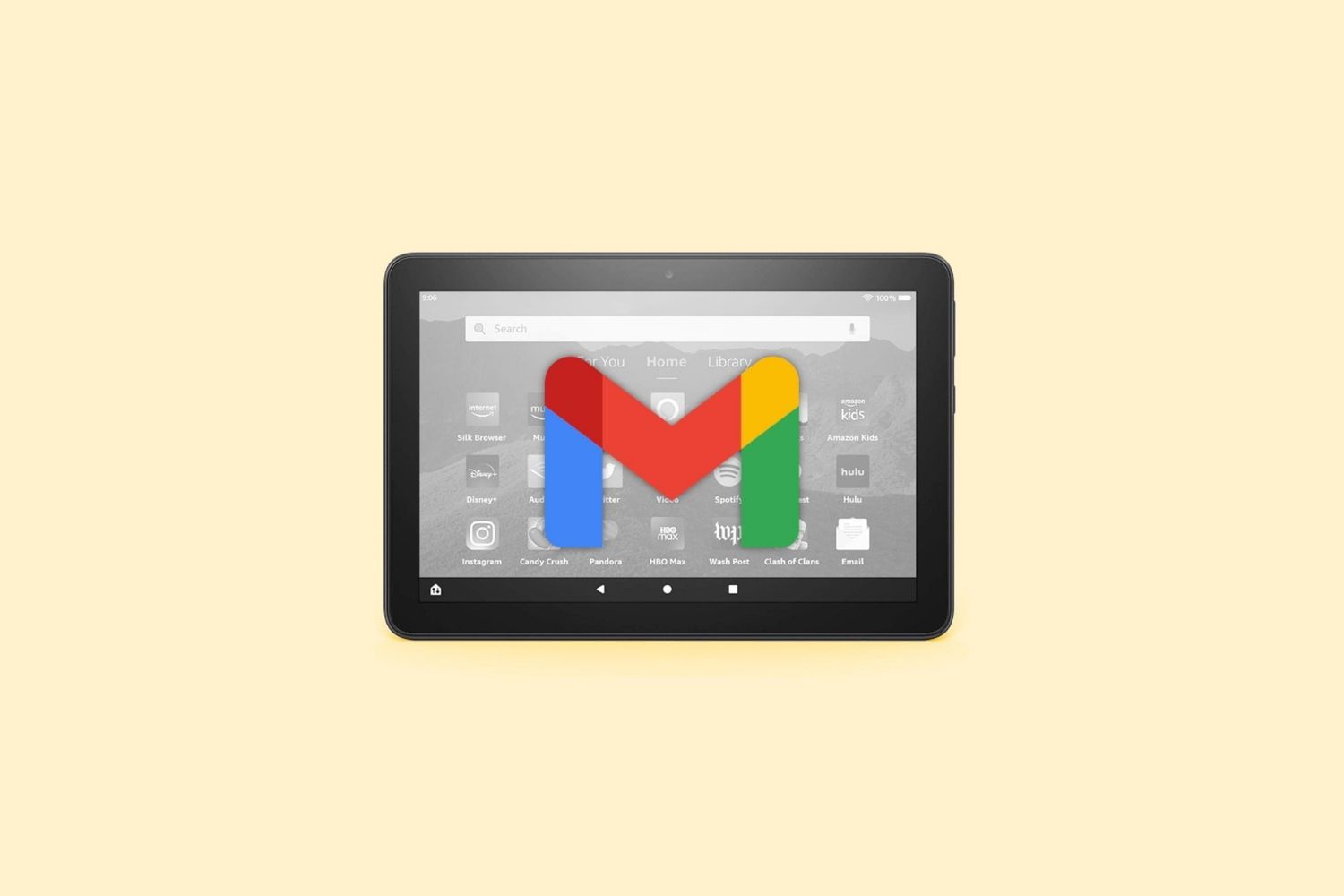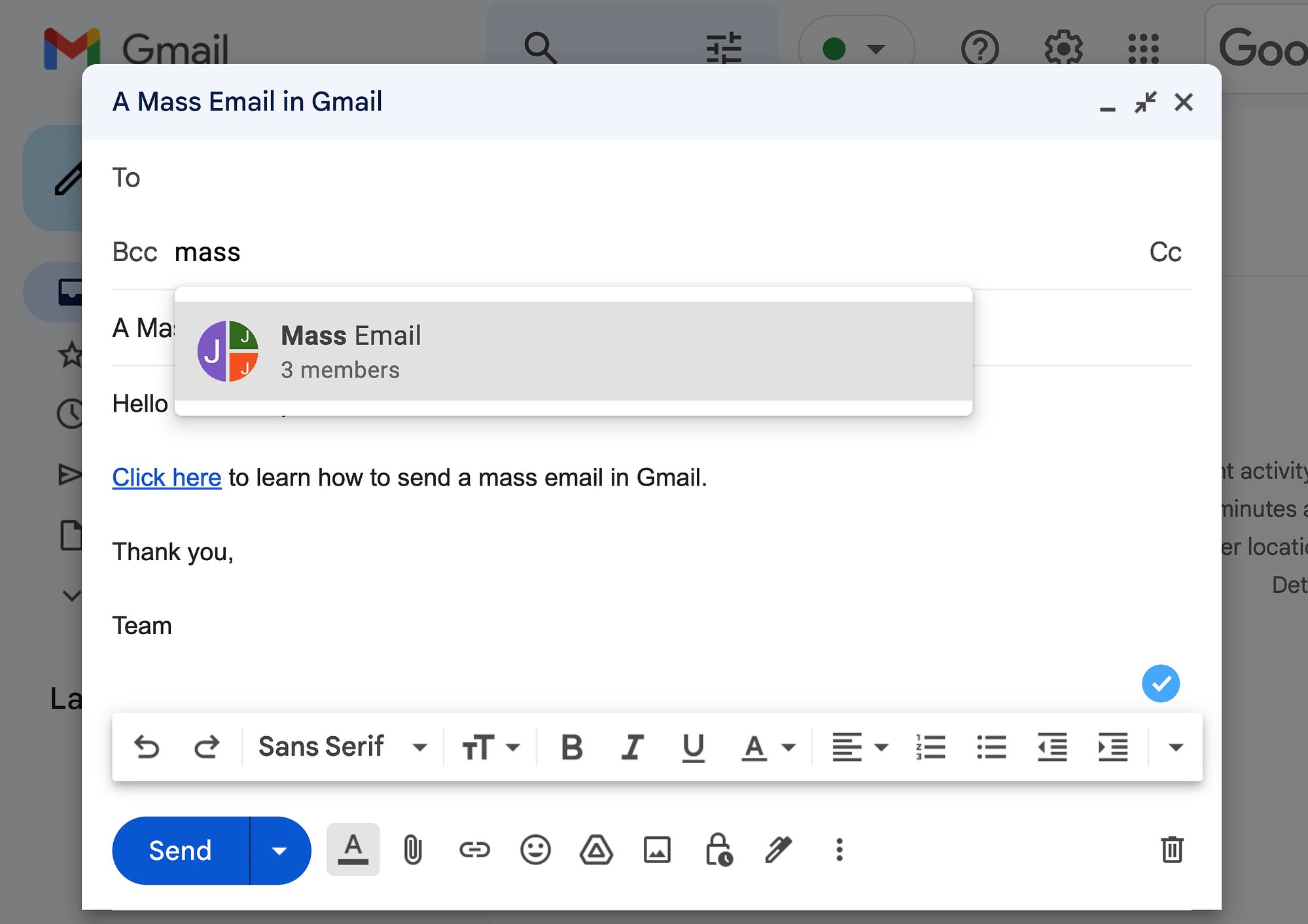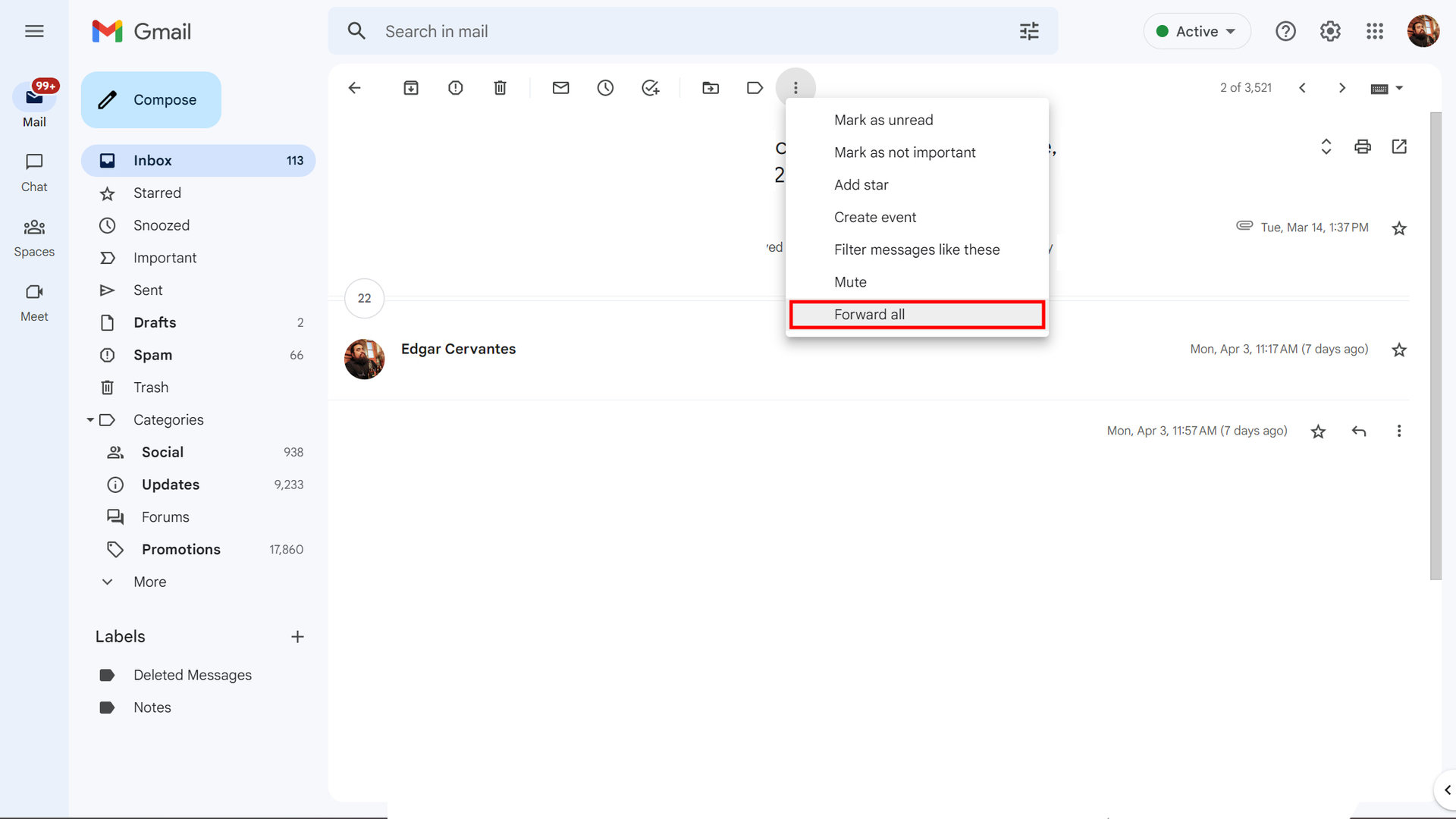Introduction
Downloading emails in bulk from Gmail can be a daunting task, especially if you have a large number of messages to save or archive. Whether you need to back up important emails, migrate to a different email platform, or simply want to free up space in your Gmail account, having a streamlined and efficient method to download your emails is essential.
In this article, we will guide you through the process of downloading emails from Gmail in bulk, step by step. By following these instructions, you can quickly and easily export your emails for safekeeping or further use.
Before we dive into the steps, it’s important to note that Gmail provides a built-in tool called Google Takeout that allows users to export their data from various Google services, including Gmail. This tool ensures that you can download your emails in a format that is compatible with different email clients or file formats. So, let’s get started on how to download your emails from Gmail in bulk using Google Takeout.
Step 1: Go to the Google Data Export Tool
The first step to downloading emails from Gmail in bulk is accessing the Google Data Export tool. This tool, also known as Google Takeout, allows you to export your Gmail data easily. Here’s how to get started:
- Open a web browser and go to the Google Takeout website.
- Sign in to your Google account if you haven’t already done so.
- Once signed in, you will see a list of Google services from which you can export data. To proceed, click on the “Deselect All” button to uncheck all services.
- Scroll down the page until you find the “Mail” option. Check the box next to it to select Gmail as the service from which you want to export data.
Now that you have selected Gmail as the service to export, you can further customize the specific data you want to download. To do this, click on the “All Mail data included” dropdown menu and choose one of the following options:
- All Mail: This option will export all of your emails, including inbox, sent, archived, and spam.
- Select labels: By choosing this option, you can selectively export emails from specific labels or categories in your Gmail account.
Once you have chosen the appropriate option, scroll down to proceed to the next step.
Step 2: Select the Gmail data you want to download
Now that you have accessed the Google Data Export tool and selected Gmail as the service to export, it’s time to choose the specific data you want to download. Follow these steps:
- In the Google Takeout page, you will see various options for customizing your data export. To select the Gmail data you want to download, click on the “All Mail data included” dropdown menu.
- From the dropdown menu, choose one of the following options:
- All Mail: Selecting this option will include all of your emails, including those in your inbox, sent, archived, and spam folders.
- Select labels: If you choose this option, you can selectively export emails from specific labels or categories in your Gmail account. Simply check the boxes next to the labels you want to include in the download.
Take a moment to decide which option best suits your needs. If you only need specific emails, selecting labels can help you narrow down your download to the relevant messages.
In addition to selecting the data, you can also choose the file format for your download. By clicking on the “File type and size” dropdown menu, you can choose from various formats, such as .zip or .tgz. Select the format that is most convenient for your purposes.
Once you have made your selections, scroll down to proceed to the next step.
Step 3: Customize your archive format and delivery method
After selecting the Gmail data you want to download, it’s time to customize the archive format and choose the delivery method for your exported data. Follow these steps:
- In the Google Takeout page, scroll down to the “Choose your export format” section.
- Click on the dropdown menu next to “Export type” to select your preferred format.
- File type: Choose the file format that best suits your needs. You can select .zip, .tgz, .tbz, or .tbz2.
- File size: Depending on the size of your Gmail data, you can set the maximum file size for each archive. Choose from the available options provided.
Take into consideration the compatibility of the file format with the software or email client you intend to use to access your downloaded emails. .zip files are widely supported, but you may choose a different format if needed.
Once you have selected the archive format and file size, it’s time to choose the delivery method. Here’s how:
- Click on the “Delivery method” dropdown menu.
- Add to Drive: Choosing this option will save the export directly to your Google Drive, making it easily accessible.
- Send download link via email: If you prefer to receive a link to download your archive via email, choose this option. Enter your email address in the provided field.
- Add to Dropbox, OneDrive or Box: If you use any of these cloud storage services, you can select the relevant option and authorize Google to save your export directly to the selected service.
Select the delivery method that is most convenient for you. If you want immediate access, choosing “Add to Drive” or “Send download link via email” are recommended.
Once you have made all your selections, scroll down to proceed to the next step.
Step 4: Start the Gmail data export process
Now that you have customized the archive format and chosen the delivery method for your Gmail data export, it’s time to initiate the export process. Follow these steps:
- In the Google Takeout page, scroll down to the bottom of the page.
- Check the box next to “Send download link via email” if you have chosen that delivery method. Enter your email address in the provided field.
- Click on the “Create export” button to start the Gmail data export process.
Once you click the “Create export” button, Google will begin processing your request and preparing your Gmail data for export. The time it takes to complete this process will depend on the size of your data and the current server load. Larger archives may take longer to generate.
While the export is being processed, you can navigate away from the Google Takeout page or close the browser. The export will continue in the background, and you will receive an email notification once it is ready for download.
It is important to note that the export process may take some time, especially if you have a large number of emails or attachments. Be patient and avoid interrupting the process.
Once the export is complete, you can proceed to the next step to access and extract your downloaded Gmail archive.
Step 5: Wait for the export to finish and get your download link
After initiating the Gmail data export process, it’s time to patiently wait for it to finish and receive your download link. Follow these steps:
- Once you have clicked on the “Create export” button, the Google Takeout tool will start processing your request.
- The time it takes to generate your Gmail archive will depend on factors such as the size of your data and the current server load. Larger archives may take longer to generate.
- While the export is being processed, you can navigate away from the Google Takeout page or even close the browser. The process will continue in the background.
- It is important to note that interrupting the process or closing the browser during the export may result in an incomplete or corrupted archive.
- Once the export is complete, you will receive an email notification from Google. This email will contain a link to download your Gmail archive.
Keep an eye on your email inbox for the notification. Depending on the size of your archive, it may take some time for the email to arrive. Be patient and avoid rushing to retrieve your download link.
It’s worth noting that the download link provided in the email is time-limited and will expire after a certain period. Make sure to download your archive promptly to avoid any inconvenience.
Now that you have received the download link, you can proceed to the final step to access and extract your downloaded Gmail archive.
Step 6: Access and extract the downloaded Gmail archive
After obtaining the download link for your Gmail archive, it’s time to access and extract the files so that you can view and use your downloaded emails. Follow these steps:
- Open the email containing the download link for your Gmail archive.
- Click on the download link provided in the email. This will initiate the download process.
- Once the download is complete, locate the downloaded file on your computer.
- Depending on the file format you chose during the setup, you may need to extract the contents of the archive. Right-click on the downloaded file and select “Extract” or use a file compression software like WinZip or 7-Zip to extract the files.
- After extracting the files, you will have access to the individual emails in formats such as .eml or .mbox. These formats can be opened, viewed, and imported into various email clients or software.
To view the individual emails, you can use email clients such as Microsoft Outlook, Mozilla Thunderbird, or Apple Mail. Simply import the .eml or .mbox files into your preferred email client to access your downloaded emails.
It’s important to note that the process of importing the downloaded emails into an email client may vary depending on the software you are using. Refer to the documentation or help resources provided by your email client to learn how to import emails.
Once you have successfully accessed the downloaded Gmail archive and extracted the files, you can manage, organize, or further utilize your emails as needed.
Conclusion
Downloading emails from Gmail in bulk can seem like a challenging task, but with the help of the Google Data Export tool (Google Takeout), it becomes a streamlined process. By following the step-by-step instructions outlined in this article, you can easily export your Gmail data for various purposes, such as backup, migration, or freeing up storage space.
We started by guiding you to the Google Takeout website and selecting Gmail as the service to export. Then, we explored how to customize the specific Gmail data you want to download, including options to export all mail or select specific labels. Next, we covered the customization of the archive format and the selection of a delivery method that suits your preferences, whether it’s saving the export to Google Drive or receiving a download link via email.
After initiating the export process, we emphasized the importance of patiently waiting for it to finish, as interrupting the process may lead to an incomplete archive. Finally, we covered accessing and extracting the downloaded Gmail archive, allowing you to view and import your emails into compatible email clients or software.
By following these steps, you can download your Gmail data in bulk, ensuring that your important emails are securely backed up or ready for use on a different platform. Remember to regularly maintain backups of your Gmail data to safeguard against any potential loss or unexpected issues.
Now that you have the knowledge and tools to download emails from Gmail in bulk, you can take control of your data and have peace of mind knowing that your valuable messages are safe and easily accessible.









